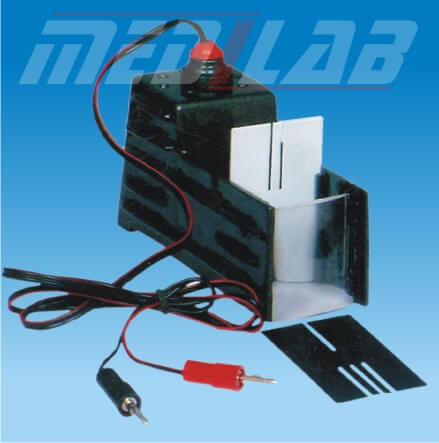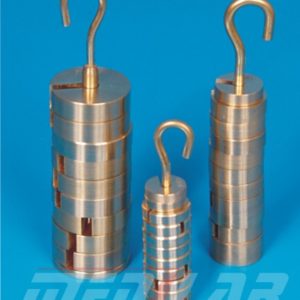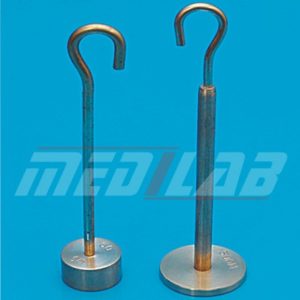Description
A Ray Box is a laboratory instrument used in optics experiments to study the behavior of light. It consists of a rectangular box with a light source at one end and several slots or holes on the sides. The light source is usually an incandescent bulb or a light-emitting diode (LED) that emits light in a straight line.
The Ray Box is used to produce a narrow, parallel beam of light, which can be directed through various optical components, such as lenses, prisms, or mirrors. By observing how the beam of light interacts with these components, scientists and students can study the fundamental properties of light, including reflection, refraction, diffraction, interference, and polarization.
The Ray Box is commonly used in physics and engineering education to teach the principles of optics and to conduct experiments related to optics, such as the study of images, lenses, and mirrors.







